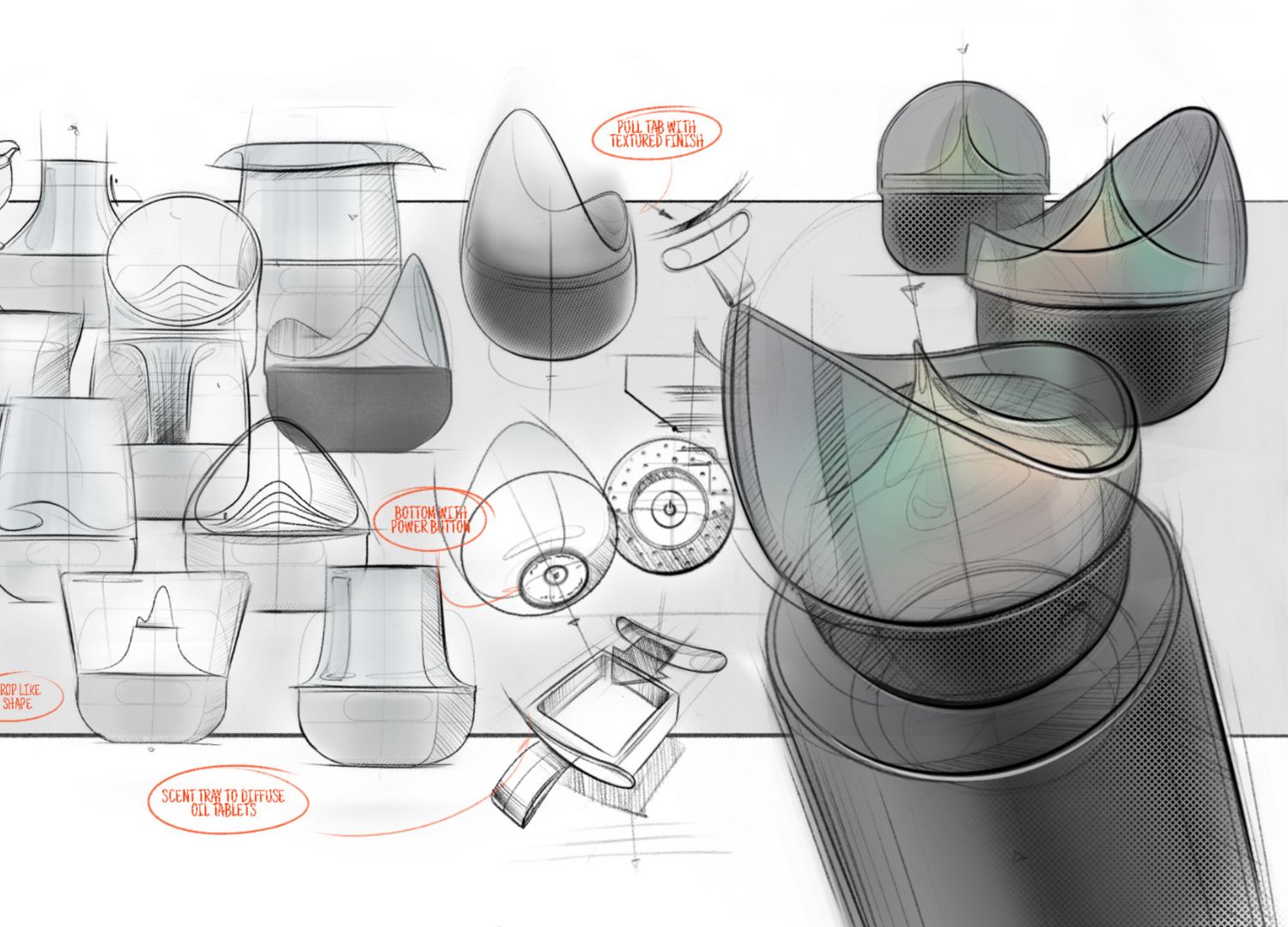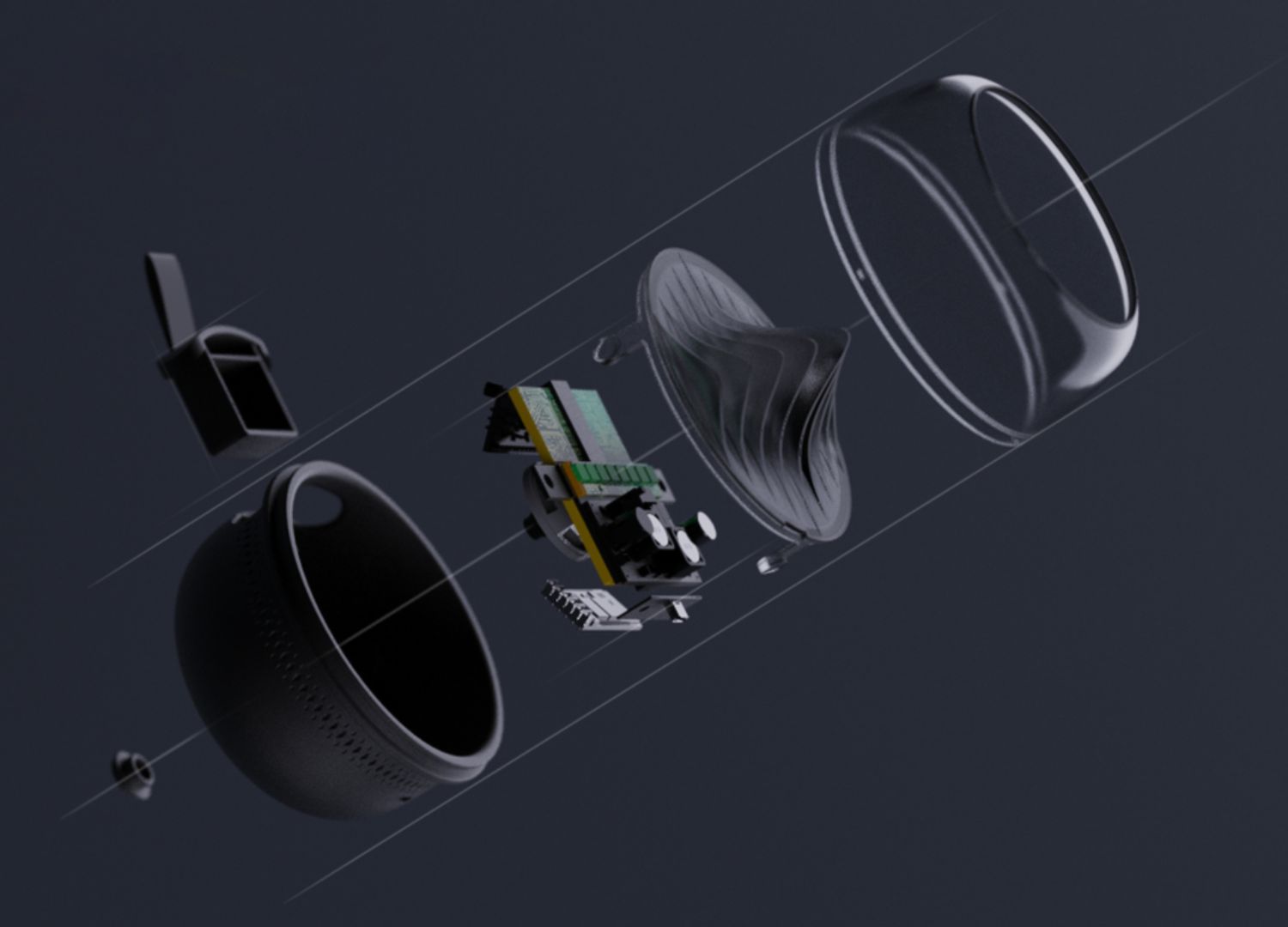VT Rao: the future design in India
In our quest for insights into this evolving landscape, DesignWanted reached out to VT Rao, the founder & CEO of Analogy Design, one of the most influential design studios based in Bengaluru, India.
Unveiling the Transformative Power of Design in India
To better understand the transformative power of design in India, it’s crucial to draw a parallel with China’s trajectory. Over the past two decades, China has evolved from being solely perceived as a manufacturing hub to becoming a global leader in design excellence. This transformation was driven by investments in entrepreneurship and intellectual quality, leading to the emergence of distinctive Chinese brands synonymous with innovation and identity.
A Parallel with China’s Trajectory
The shift in perception regarding China’s design prowess serves as a precursor to India’s own journey towards becoming a design powerhouse. India, too, is displaying clear intentions of developing a robust market in the design domain over the next 5-10 years. The term “design area” encompasses well-designed products tailored to both the domestic and international markets.
From Manufacturing Hub to Design Excellence
VT Rao, with a rich background in the United States, exemplifies the return of individuals to their homeland equipped with international exposure and innovative ideas. His studio, Analogy Design, operates on two fronts: introducing international brands to India and designing for Indian companies operating in both local and global markets. Blending Western design sensibilities with a deep understanding of Indian culture, Analogy Design bridges cultural gaps to deliver effective and culturally resonant products.
The Emergence of India as a Design Powerhouse
In a diverse market like India, where cultural nuances play a significant role, having designers familiar with both the local context and a global workflow becomes imperative. The ethos of Analogy Design is encapsulated in “design for outcomes,” focusing on understanding the user’s transition from tradition to the contemporary world while driving innovation.
Several Indian companies are already making strides in the design realm, showcasing a promising trajectory. Educational institutions are also shaping the next generation of designers who will navigate seamlessly between tradition and the international future.
The Unfolding Scenario and Promising Trajectory
The nascent state of design in India, evidenced by the emergence of museum realities inspired by global examples such as the MOMA in New York, is pushing designers to educate companies about quality and invest in design research. Designers like VT Rao and studios such as Analogy Design exemplify the fusion of international exposure with a deep understanding of local nuances, shaping a narrative that bridges cultural gaps and delivers innovative, culturally resonant products.
Drawing inspiration from China’s transformation, India is transitioning from a manufacturing hub to a design powerhouse. The unfolding scenario holds promise, positioning design as a key player in India’s ascent to prominence on the global stage.
Finally, find out more on ArchUp:








